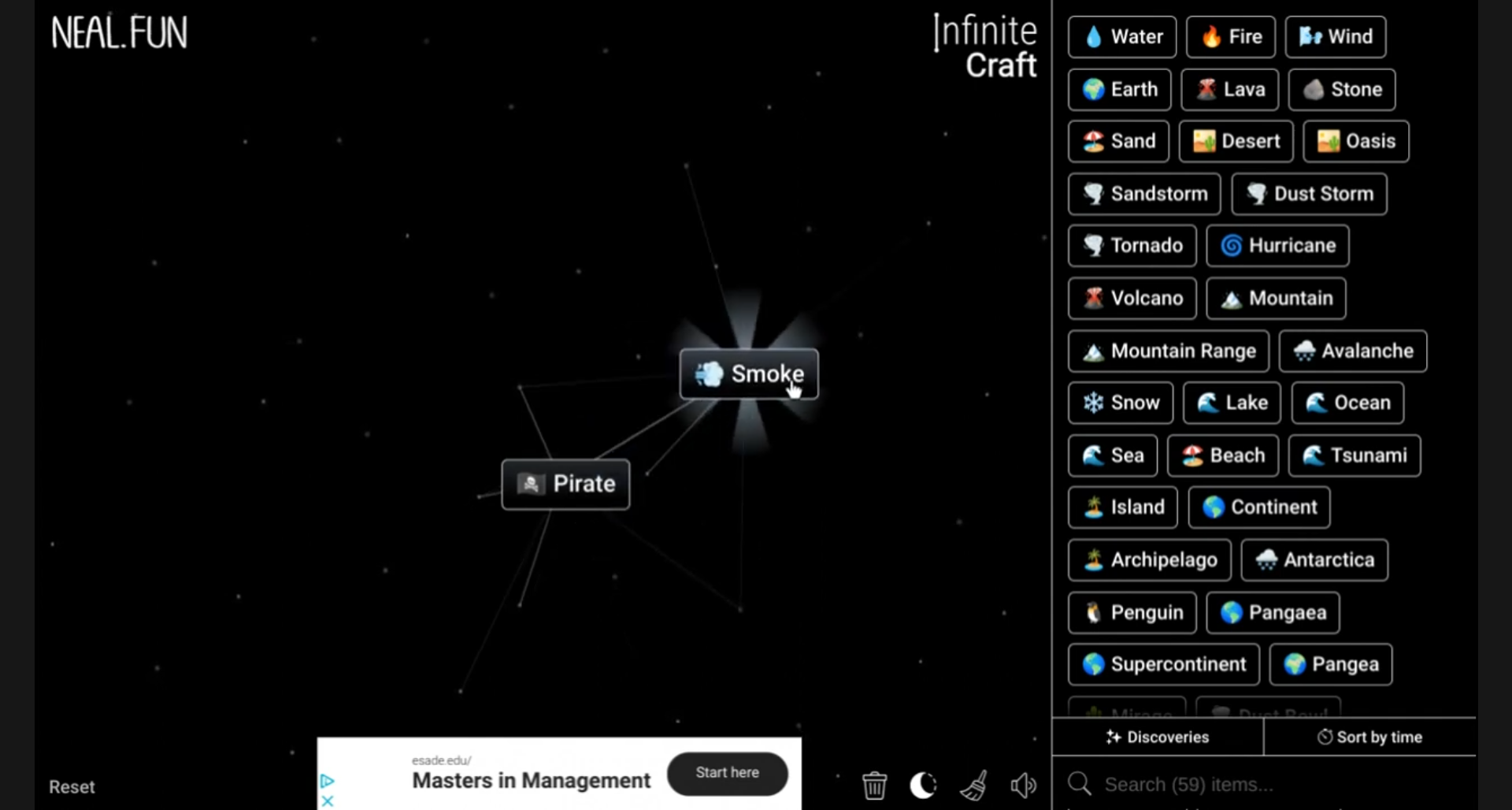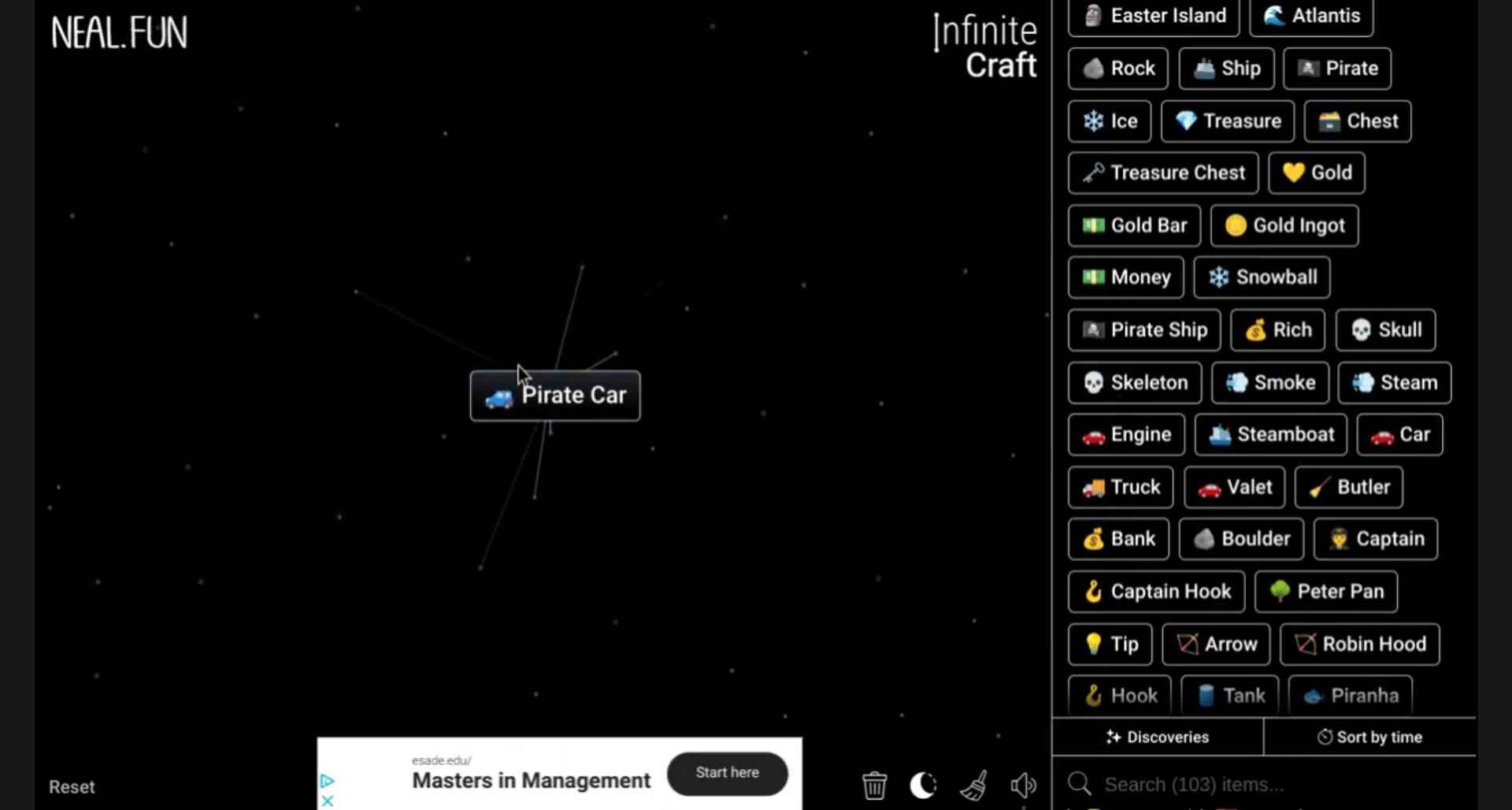In the vast universe of Infinite Craft, players are given endless opportunities to explore, create, and embark on adventures. One of the most intriguing concepts within this world is the possibility of creating your own version of Hell. The challenge of how to make hell in infinite craft not only enhances gameplay but also opens up new avenues for creativity, exploration, and combat. Understanding this unique dimension can guide players toward an exciting and enriched game experience.
Understanding Hell in Infinite Craft

What is Hell?

In the context of Infinite Craft, Hell represents a challenging and visually striking dimension characterized by its infernal landscape and numerous resources. Players can expect to encounter treacherous terrains filled with hazards such as lava flows, fire, and dark caverns. The significance of Hell extends beyond its aesthetics; it is rich in unique resources and home to formidable enemies, essential for players seeking to thrive in the game.
Key **features** include:
– Varied resources like Nether Quartz, Glowstone, and Soulsand.
– Unique enemies such as demons and other infernal creatures that present formidable challenges.
– Opportunities for exploration and encounters that amplify the adventure experience.
Game Mechanics Related to Hell
Hell in Infinite Craft integrates seamlessly with the game’s overall mechanics. The environmental factors create a unique gameplay experience, with extreme temperatures and dim lighting that can affect gameplay strategies. Players must adapt to these conditions to navigate successfully.
Some unique mechanics include:
– Temperature Variance: Players must contend with the extreme heat of Hell, affecting their health and resource management.
– Environmental Interactions: Hell interacts with other game dimensions and areas, allowing for diverse travel options and challenges.
Preparation for Creating Hell
Gathering Resources
Creating Hell requires an array of essential resources to replicate its menacing yet captivating environment:
– Obsidian: Key for crafting portals to Hell.
– Lava: Essential for creating explosive environments.
– Nether Quartz: Adds a unique glow and is vital for crafting certain items.
– Additional Materials: Include Glowstone and Soulsand for aesthetic touches and gameplay mechanics.
To gather resources efficiently, consider these tips:
– Explore caverns and fiery landscapes to find obsidian and lava quickly.
– Utilize proper tools to harvest resources effectively.
– Establish a base near resource-rich areas to minimize travel time.
Setting Up Your Location
Choosing the ideal location for creating Hell is crucial. You should consider terrain, resource proximity, and the overall environment.
Factors to evaluate:
– Look for flat areas with ample space for construction.
– Ensure proximity to other relevant dimensions or areas, making future travels convenient.
– Clear and prepare the area, removing any unnecessary obstacles that might hinder construction.
Building Hell
Crafting the Portal
The first step in your journey of how to make hell in infinite craft is crafting the Hell portal. Here’s a detailed step-by-step guide:

1. **Required Materials**:
– 10-14 blocks of obsidian.
– Flint and Steel for portal activation.
2. **Instructions**:
– Arrange the obsidian blocks in a rectangular frame.
– The minimum size is 4 blocks high and 5 blocks wide, but it can be larger.
– Use Flint and Steel to activate the portal.
With the portal activated, you can now journey to your newly created Hell!
Designing the Hell Environment
Designing your Hell environment is where creativity shines. Consider the following design elements:
– **Layout Ideas**:
– Create structures like eerie castles, haunted temples, or hidden caves.
– Design natural formations, including mountains, rivers of lava, or fire pits.
– **Aesthetic Tips**:
– Utilize lighting elements such as glowstone and torches to create a spooky atmosphere.
– Consider color palettes focusing on reds, blacks, and other dark hues to evoke an ominous feel.
Adding Creatures and Challenges
Spawning Hell Creatures
To bring your Hell to life, you’ll want to populate it with unique creatures. Here are popular creatures you may include:
– Demons: Powerful adversaries that challenge players.
– Skeletons: Agile enemies that pose ranged threats.
Methods for spawning these creatures include:
– Setting traps that spawn creatures when activated.
– Using specific items or rituals that summon creatures into your Hell.
Incorporating Gameplay Challenges
To ensure your Hell offers an engaging experience, consider adding gameplay challenges. Possibilities include:
– ObstaclesEnvironmental Hazards: Lava pools, pitfalls, or sudden drops to create a sense of urgency.
Utilizing Hell for Adventures
Creating Quests and Missions
Hell can serve as a fertile ground for engaging quests and missions. Craft quests that challenge players and immerse them in narratives that unfold throughout the Hell landscape.
Storytelling elements might include:
– A quest that involves seeking out a lost treasure guarded by demons.
– A narrative involving the rise of a dark sorcerer in Hell that players must stop.
Multiplayer Aspects
Designing Hell for multiplayer gameplay can significantly enhance the gaming experience.
Strategies to consider:
– Create arenas for team battles or competitions.
– Encourage cooperation by designing challenges that require teamwork.
– Foster exploration by scattering hidden treasures or items throughout Hell.
Troubleshooting Common Issues
Portals Not Functioning
If you face issues with portal activation, consider these common problems and solutions:
– Ensure you have the correct number of obsidian blocks.
– Verify that the portal is correctly shaped; otherwise, it won’t activate.
– Check for any environmental changes that may affect the portal’s functionality.
Balancing Difficulty
Finding the right balance of difficulty in Hell can greatly improve the player experience:
– Test your Hell by inviting friends or fellow players to gauge the difficulty.
– Adjust enemy strength and resource availability based on player skills.
– Consider adding checkpoints in difficult areas for player convenience.
Summary Table
| Aspect | Details |
|---|---|
| Essential Resources | Obsidian, Lava, Nether Quartz, Glowstone, Soulsand |
| Portal Crafting Materials | 10-14 Obsidian blocks, Flint and Steel |
| Unique Enemies | Demons, Skeletons |
| Gameplay Challenges | Obstacles, Puzzles, Environmental Hazards |
Frequently Asked Questions
1. What is the best way to gather obsidian?
The most effective way to gather obsidian is by mining it with a diamond or netherite pickaxe, usually found near water and lava sources.
2. How can I make my Hell more challenging?
You can make your Hell more challenging by increasing the number of hostile creatures and incorporating difficult puzzles or traps.
3. Can I connect my Hell with other dimensions?
Yes, you can create portals between Hell and other dimensions by establishing additional portals with proper structures.
4. What environmental hazards should I include?
Consider adding lava pools, poison traps, or hazardous cliffs to create danger and excitement in your Hell.
5. How does lighting influence gameplay in Hell?
Lighting can affect visibility and atmosphere, making areas more or less scary. Use glowstone effectively to create ambiance.
6. Can I submit my Hell design for feedback?
Absolutely! Consider joining forums or communities dedicated to Infinite Craft where you can share designs and get constructive feedback.
By taking these steps, you can transform your player experience and fully understand how to make hell in infinite craft. The process not only enriches your gameplay but also allows for creativity and collaboration with other players. Dive in and start building your unique Hell today!